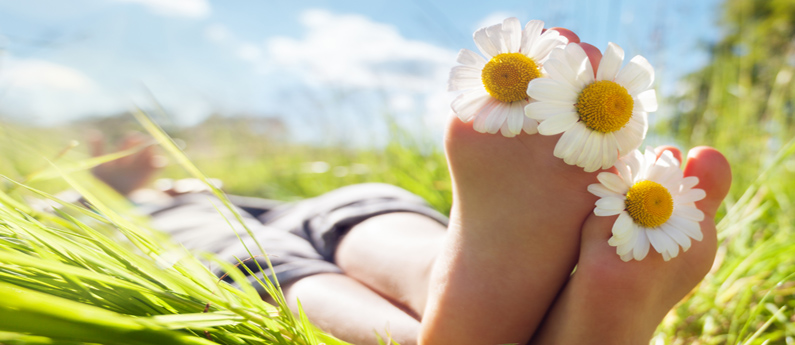It's the first official day of Summer -- the longest day of the year!
If only we could spend these next several months frolicking with fireflies and letting beneficial honeybees, praying mantises and lacewings do their thing in the garden. Alas, the hot weather brings on the bad bugs too.
Here are five insects that will prove to be the biggest problem pests this summer:
 1. Mosquitoes. Most mosquitoes become active when the average temperature is above 70 degrees. Mosquitoes that breed in floodwater habitats usually become a problem about 7-10 days after a heavy rain. Mosquito antennae contain receptors that can sense carbon dioxide in human breath from more than 100 feet away. They can also pick up the odor of chemicals released in human sweat. Only female mosquitoes bite. Using their straw-like proboscis, they pierce skin to suck blood.
1. Mosquitoes. Most mosquitoes become active when the average temperature is above 70 degrees. Mosquitoes that breed in floodwater habitats usually become a problem about 7-10 days after a heavy rain. Mosquito antennae contain receptors that can sense carbon dioxide in human breath from more than 100 feet away. They can also pick up the odor of chemicals released in human sweat. Only female mosquitoes bite. Using their straw-like proboscis, they pierce skin to suck blood.
Recommended products to control mosquitoes: RESCUE! Mosquito GoClip® and RESCUE! Mosquito Repellent DecoShield® Lantern.
 2. Ticks. These tiny parasites survive on a diet of blood and are vectors of at least twelve diseases, including Lyme Disease and Rocky Mountain Spotted Fever. On locating a suitable feeding spot, the tick grasps the host's skin and cuts into the surface. Ticks thrive in warm climates where the humidity is at least 85%.
2. Ticks. These tiny parasites survive on a diet of blood and are vectors of at least twelve diseases, including Lyme Disease and Rocky Mountain Spotted Fever. On locating a suitable feeding spot, the tick grasps the host's skin and cuts into the surface. Ticks thrive in warm climates where the humidity is at least 85%.
Recommended products to control ticks: RESCUE! Mosquito GoClip®.
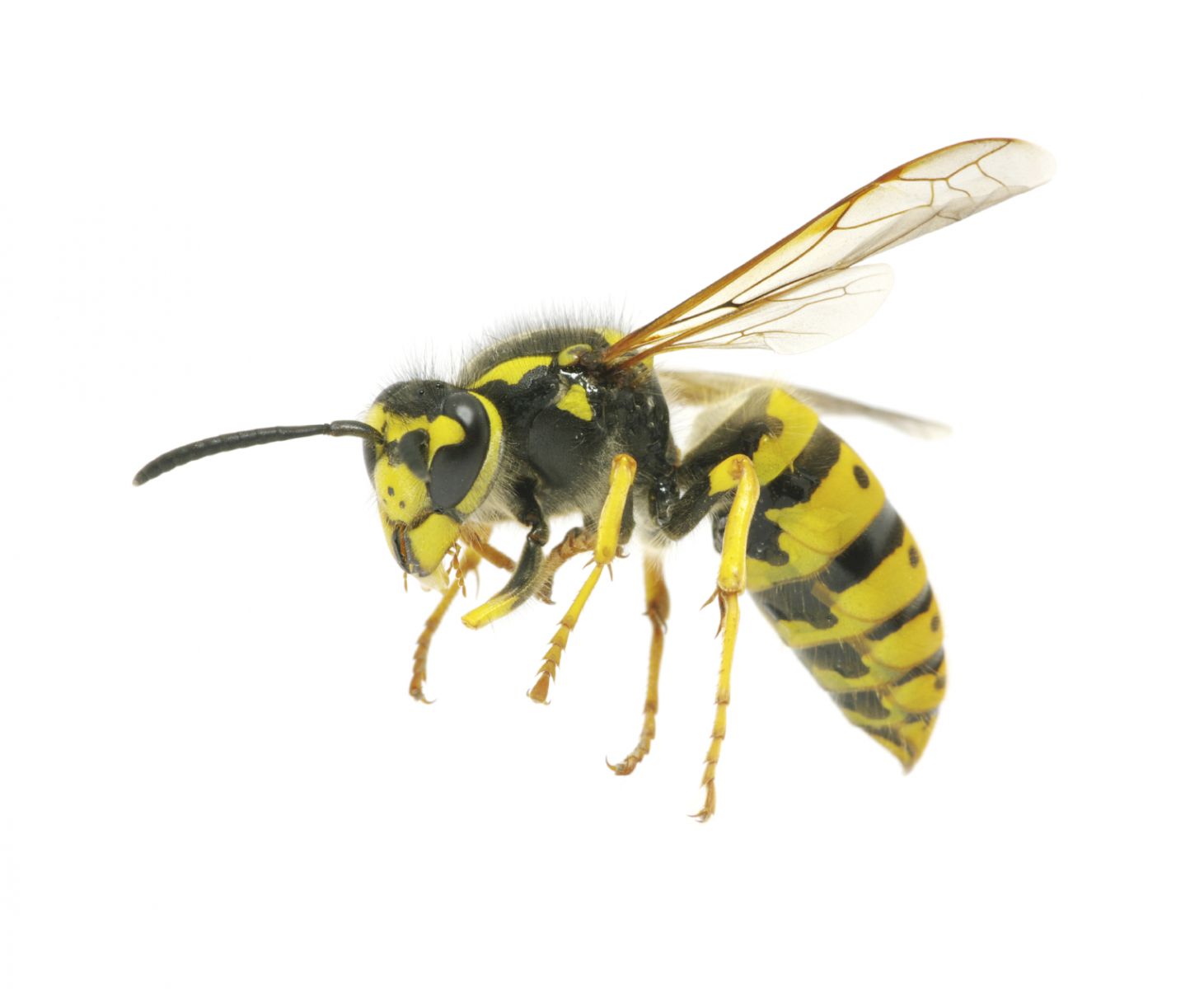 3. Yellowjackets. More common in hot and arid climates, yellowjackets are more aggressive than other stinging insects such as wasps, hornets, mud daubers or bees. In June and July, yellowjackets are drawn to protein sources, such as hamburgers on the barbecue grill. During late summer to early fall, they tend to shift their diet to sweets, including soda and juice. Yellowjackets can sting or bite, and their attacks can be deadly for people who are allergic.
3. Yellowjackets. More common in hot and arid climates, yellowjackets are more aggressive than other stinging insects such as wasps, hornets, mud daubers or bees. In June and July, yellowjackets are drawn to protein sources, such as hamburgers on the barbecue grill. During late summer to early fall, they tend to shift their diet to sweets, including soda and juice. Yellowjackets can sting or bite, and their attacks can be deadly for people who are allergic.
Recommended products to control yellowjackets: RESCUE! Reusable Yellowjacket Trap, RESCUE! Disposable Yellowjacket Trap, RESCUE! Yellowjacket Repellent GoClip®, RESCUE! Yellowjacket Repellent DecoShield®, RESCUE! W·H·Y® Trap for Wasps, Hornets & Yellowjackets.
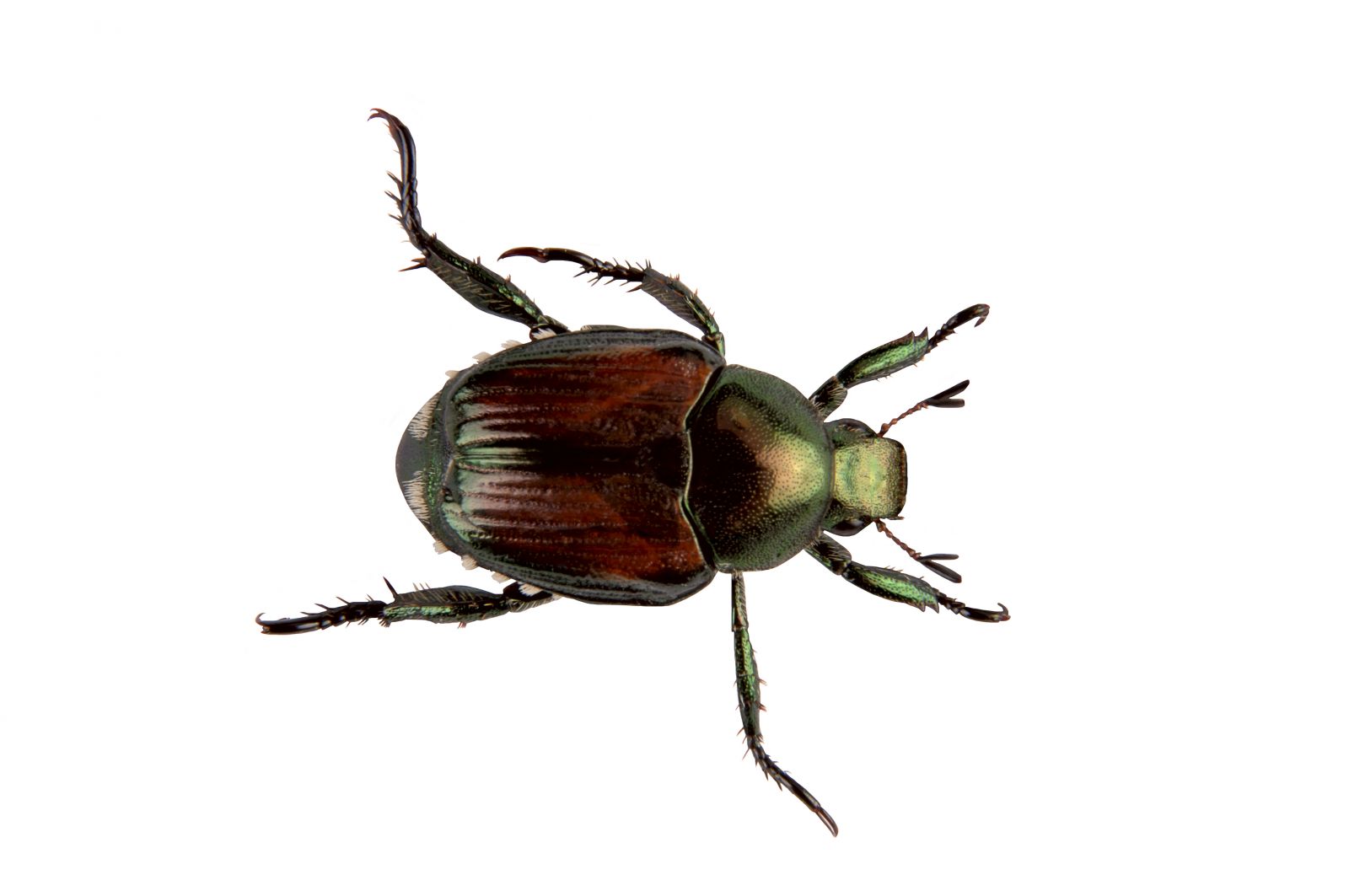 4. Japanese Beetles. These foreign invaders are one of your lawn and garden's worst enemies, destroying grass and over 300 species of ornamental plants. Major infestations of Japanese beetles occur from Maine heading south to North Carolina, and west to Minnesota, Illinois, Kentucky and Tennessee. They are also increasingly becoming a problem further westward, in areas like Denver, Portland and Vancouver. Japenese beetles prefer temperatures of 85-95 degrees Fahrenheit. They are most active on warm, sunny days between 9 am and 3 pm.
4. Japanese Beetles. These foreign invaders are one of your lawn and garden's worst enemies, destroying grass and over 300 species of ornamental plants. Major infestations of Japanese beetles occur from Maine heading south to North Carolina, and west to Minnesota, Illinois, Kentucky and Tennessee. They are also increasingly becoming a problem further westward, in areas like Denver, Portland and Vancouver. Japenese beetles prefer temperatures of 85-95 degrees Fahrenheit. They are most active on warm, sunny days between 9 am and 3 pm.
Recommended products to control Japanese beetles: RESCUE! Japanese & Oriental Beetle Trap.
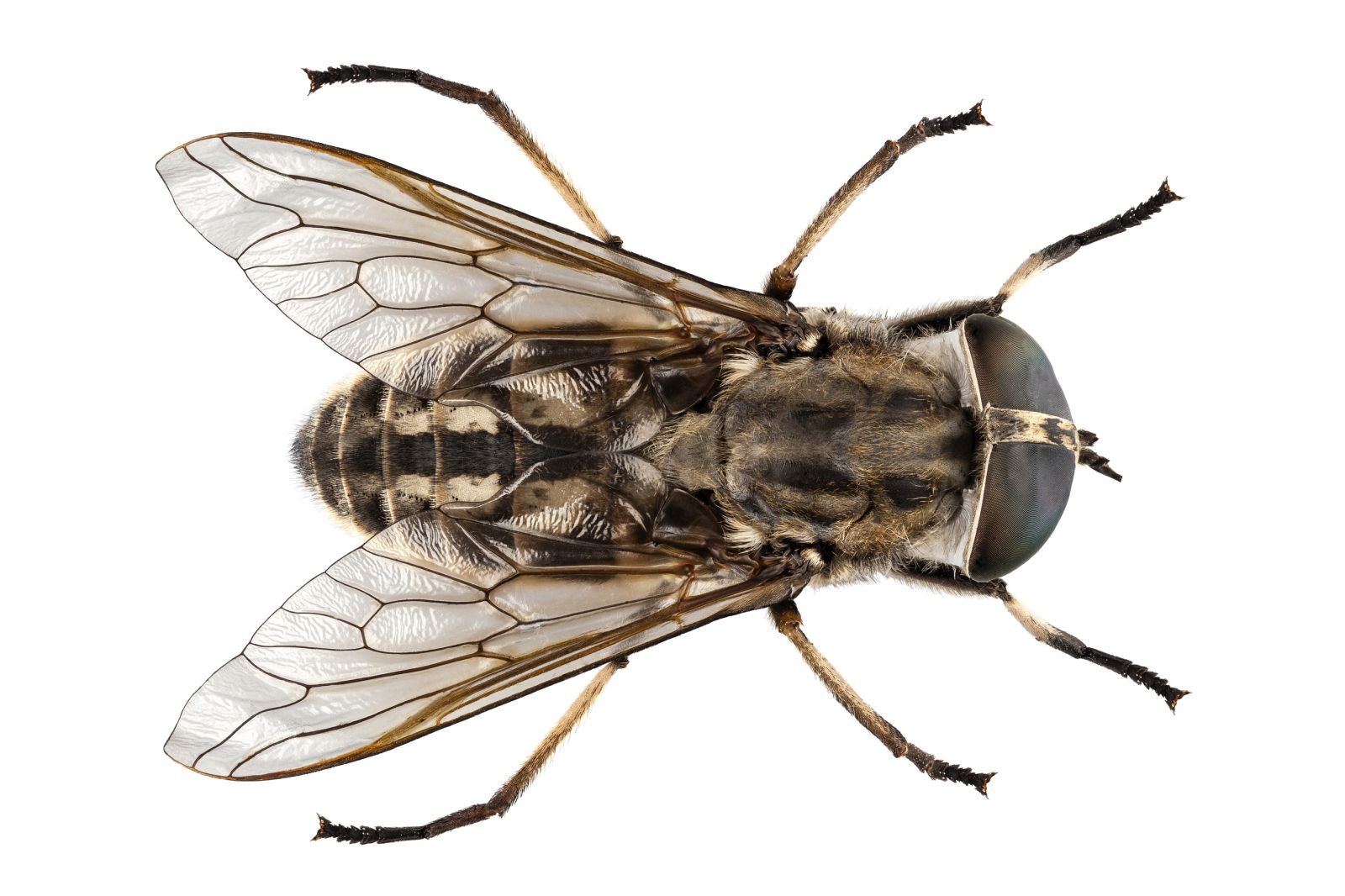 5. Biting flies. They possess sharp mouthparts to pierce skin and feed on the blood of humans and other animals. Their bites can be painful, producing swelling and intense itching. Different species of biting flies such as black flies are found throughout the United States. Peak attacks of biting flies occur on sunny, warm days in mid-morning and then have a more intense phase in evening, ending at dusk. Biting fly activity can also intensify at the onset of storms and may persist all day when overcast conditions occur.
5. Biting flies. They possess sharp mouthparts to pierce skin and feed on the blood of humans and other animals. Their bites can be painful, producing swelling and intense itching. Different species of biting flies such as black flies are found throughout the United States. Peak attacks of biting flies occur on sunny, warm days in mid-morning and then have a more intense phase in evening, ending at dusk. Biting fly activity can also intensify at the onset of storms and may persist all day when overcast conditions occur.
Recommended products to control biting flies: RESCUE! Mosquito GoClip®, RESCUE! TrapStik® for Biting Flies.
Where to buy RESCUE! insect traps and repellents
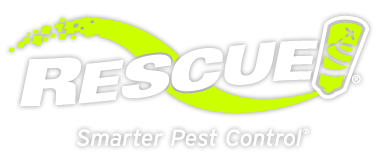

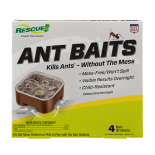 Ant Baits
Ant Baits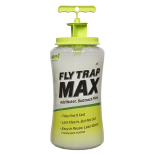 Fly Trap Max
Fly Trap Max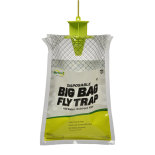 Fly Trap, Big Bag
Fly Trap, Big Bag 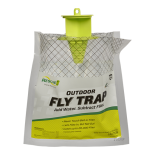 Fly Trap, Disposable
Fly Trap, Disposable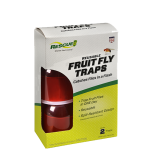 Fly Trap, Fruit Fly
Fly Trap, Fruit Fly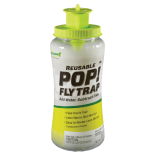 Fly Trap, POP! Fly
Fly Trap, POP! Fly 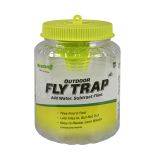 Fly Trap, Reusable
Fly Trap, Reusable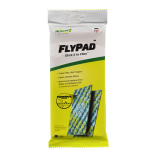 FlyPad
FlyPad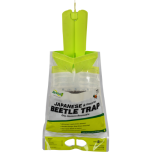 Japanese & Oriental Beetle Trap
Japanese & Oriental Beetle Trap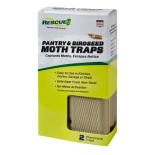 Pantry & Birdseed Moth Trap
Pantry & Birdseed Moth Trap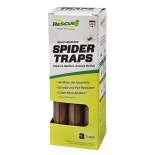 Spider Trap
Spider Trap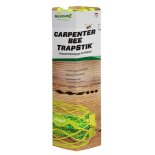 TrapStik, Carpenter Bee
TrapStik, Carpenter Bee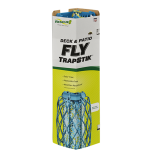 TrapStik, Deck & Patio Fly
TrapStik, Deck & Patio Fly 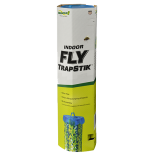 TrapStik, Indoor Fly
TrapStik, Indoor Fly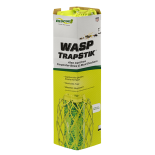 TrapStik, Wasp
TrapStik, Wasp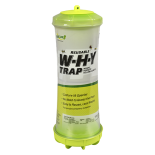 W·H·Y Trap for Wasps, Hornets & Yellowjackets
W·H·Y Trap for Wasps, Hornets & Yellowjackets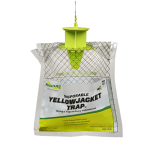 Yellowjacket Trap, Disposable
Yellowjacket Trap, Disposable 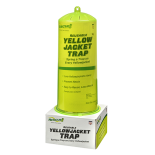 Yellowjacket Trap, Reusable
Yellowjacket Trap, Reusable 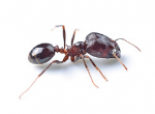 Ants
Ants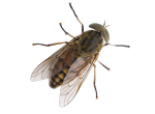 Biting Flies
Biting Flies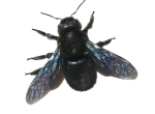 Carpenter Bees
Carpenter Bees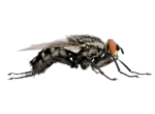 Flies
Flies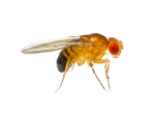 Fruit Flies
Fruit Flies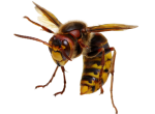 Hornets
Hornets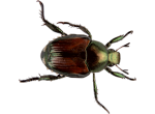 Japanese Beetles
Japanese Beetles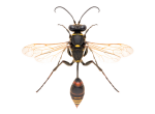 Mud Daubers
Mud Daubers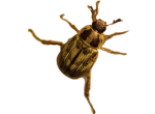 Oriental Beetles
Oriental Beetles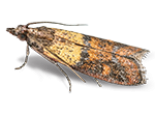 Pantry & Birdseed Moths
Pantry & Birdseed Moths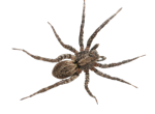 Spiders
Spiders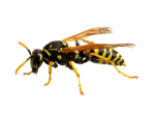 Wasps
Wasps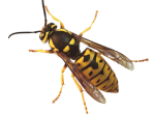 Yellowjackets
Yellowjackets